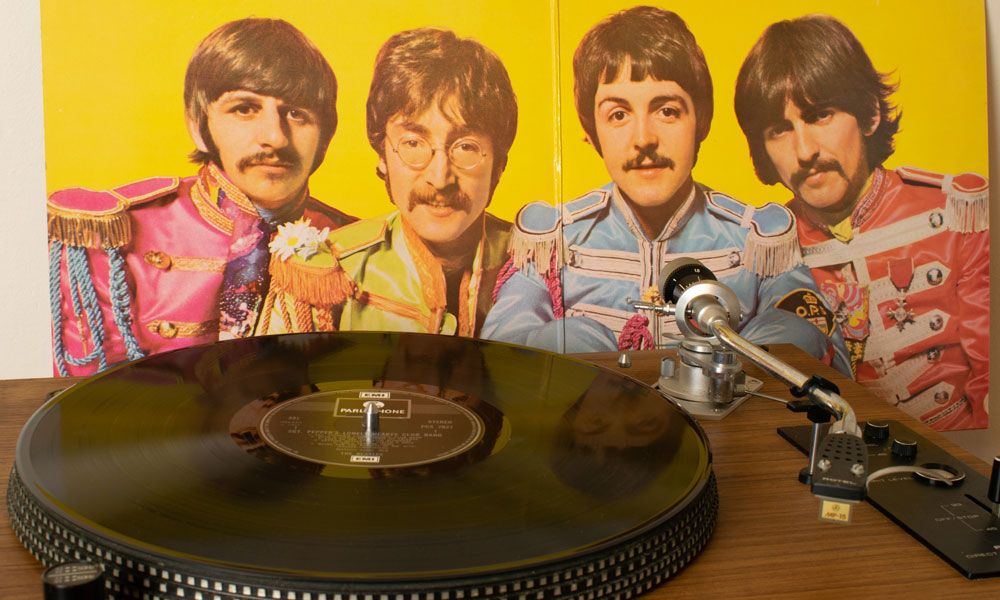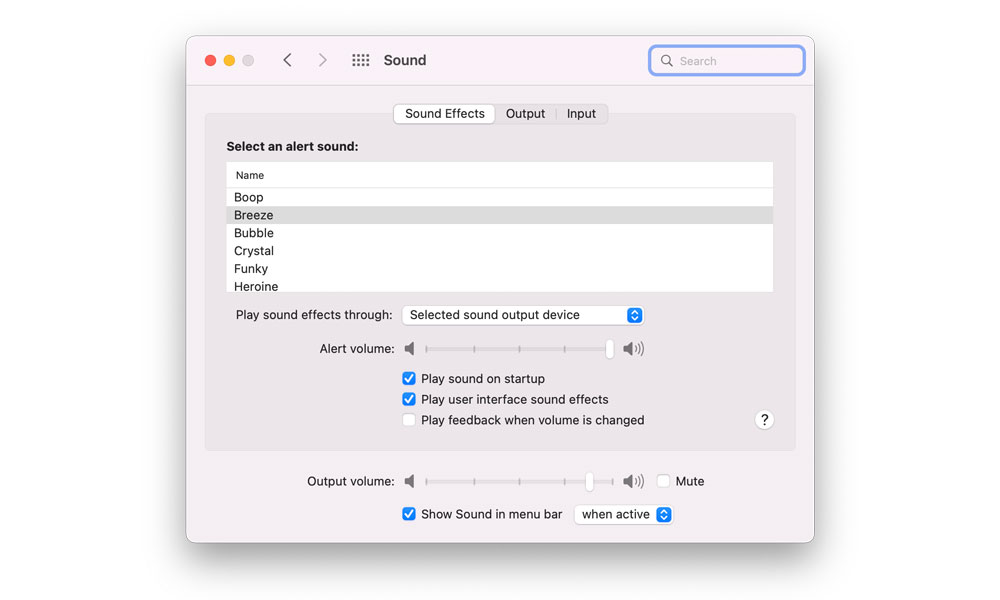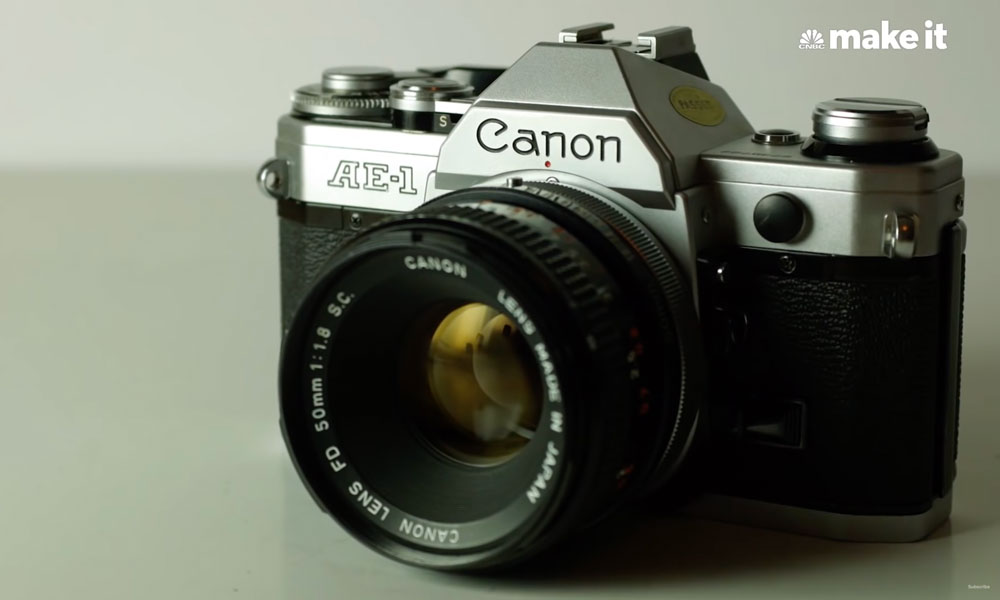How Apple’s Most Iconic Sounds Came Out of the Beatles Lawsuit
 Credit: John B Hewitt / Shutterstock
Credit: John B Hewitt / ShutterstockToggle Dark Mode
A new video interview with the man behind Apple’s most iconic sounds has revealed some fascinating background on where they came from.
Many Apple fans are probably aware that Apple and the Beatles had gotten into a few legal battles over the years since the Fab Four’s record label also bore the name Apple and did long before Steve Jobs came onto the scene.
In fact, the Beatles founded Apple Corps in 1968, when Jobs would have been only 13 years old. When Jobs and Wozniak came up with Apple Computer in 1976, the famous rock stars were not impressed, and two years later, Jobs’ fledgling company found itself on the receiving end of its first trademark infringement lawsuit.
After the usual legal wrangling, Apple Computer and Apple Corps came to terms in 1981, with the computer company paying the Beatles’ label an undisclosed sum and agreeing not to get into the music business.
It Wasn’t Over Yet
While that should have been the end of things, the lawsuit was never really dismissed, merely stayed for a time. Apple Corps reserved the right to come back at Apple Computer again if it ever violated that part of the agreement, and as a result, the Macintosh maker had to walk a fine line for years.
However, things quickly came to a head again only five years later, when Apple began adding audio recording capabilities into their computers, which forced the company to halt its plans for multimedia production on the Mac.
Clearly, the Beatles weren’t about to allow Apple Computer to get into anything that even remotely resembled music, and it got even more seemingly pedantic when Apple decided to add sampled real-world sounds to the Macintosh operating system.
Up to that time, computers had relied primarily on chip-generated sounds, and in fact, most PCs couldn’t do much more than beep without specialized add-on audio cards like the Sound Blaster. Even these, however, originally used only synthesized audio.
Apple wanted to break new ground by using sounds on the Mac that were actually recorded or “sampled” from real-world objects, like chimes and bells.
To Apple Corps, this was too close to making “music,” and Apple Computer was once again accused of breaking its agreement to stay out of the music business.
As the lawyers from both Apple-named corporations proceeded to do what lawyers do, Apple’s chief sound designer, Jim Reekes, was forced to come up with a rather silly compromise just to appease them.
The Beatles lawyers started suing because apparently the Beatles didn’t have enough money.
Jim Reekes, former Apple sound designer
An interview with CNBC’s Make It explains how Reekes had to begin renaming the sound files in Mac OS to “eliminate all references to music.” This is the reason we’ve ended up with names like Boop, Pluck, and Sonar today, but those who have been Mac users for years likely remember the original names too, like Frog, Funk, Glass, and Hero.
Recognizing the absurdity of the situation but having no choice, Reekes used the opportunity to take a subtle dig at the silliness of the legal battle by giving one of the sounds a clever and somewhat obliquely snarky name.
I actually said, I’m gonna call it “Let it Beep.” Of course, you can’t do anything like that, but I thought, yeah, so sue me. Then I thought, that’s actually the right name, I’ll just have to spell it funny.
Jim Reekes, former Apple sound designer
The result was the sound “Sosumi,” which Reekes told everyone, was actually a Japanese word that “doesn’t mean anything musical.” However, as he candidly admitted to CNBC, it was actually just him “making fun of lawyers.”
The Famous Mac Startup Chime Was ‘Snuck In’
Reekes was also the genius behind the now famous and iconic Mac startup chime, and in the interview, he also explained to CNBC how that came to be.
It turns out that Reekes absolutely despised the original startup tone from the 1980s Macintosh, so he determined he had to come up with something more “zen-like.”
At that time, the truth was the computer crashed a lot, and every time you would hear that sound it was pretty much because you were just rebooting after a crash.
Jim Reekes, former Apple sound designer
So, Reekes decided he needed to come up with a “zen palette cleanser” to help users “forget that they just lost a bunch of work.”
What’s interesting is that Reekes didn’t have permission to change the sound. In fact, Apple’s engineers didn’t even think it was possible, so Reekes did an end-run around them by going right to the designers of the ROM chips.
I happened to know the people that owned the ROMs. I built the sound and I gave it to them and said, “Put this in there” and they did it really late in the project so that it wouldn’t go through many review cycles. I snuck it in late and that’s how it got there.
Jim Reekes, former Apple sound designer
While several engineers objected to the change, Reekes and his team convinced them that it was “too risky” to take it back out late in the game and that “something could crash.”
Our excuse was, “It’s too risky to take it back out at this point. Something could crash,” you know, whatever. We just made up some bullshit.
Jim Reekes, former Apple sound designer
Reekes also added that the startup chime was also influenced by the big final chord from The Beatles’ A Day in the Life.
Years later, the startup chime became such a signature sound that Apple trademarked it, putting it up there with the Intel Inside and NBC chord as famous copyrighted sounds.
While the signature boot up chord is no longer on by default on new Macs, it’s still hidden inside and can be enabled with a quick trip into System Preferences:
- On your Mac, open System Preferences.
- Click Sound.
- Select the Sound Effects pane.
- Click the checkbox beside Play sound on startup.
The Camera Sound
There’s one other famous sound that Reekes is credited with that not only lives on in macOS but has found its way over to the iPhone as well.
Whenever you take a screenshot on your Mac or capture a photo in the iPhone Camera app, you’re actually hearing Reekes’ Canon AE-1, the camera he had in high school.
Every time you take a photo, it’s my camera, which also kind of freaks me out because even to this day, when I hear people take photos with their iPhone, I look to see who stole my camera.
Jim Reekes, former Apple sound designer
Reekes left Apple in the late 90s and notes that his timing was pretty bad, as he left a year before the dot-com crash, walking away from millions of dollars in Apple options that he didn’t actually keep. So, despite hearing his sounds almost every time you use your Mac or iPhone, Reekes himself has gotten out of the sound design business and now lives a considerably more modest lifestyle than most former Apple executives and designers.
Nonetheless, he’s built quite a legacy for himself, and even today, it’s easy to see and hear how most of the sounds in macOS Monterey have their roots in Reekes’ original designs and names.








